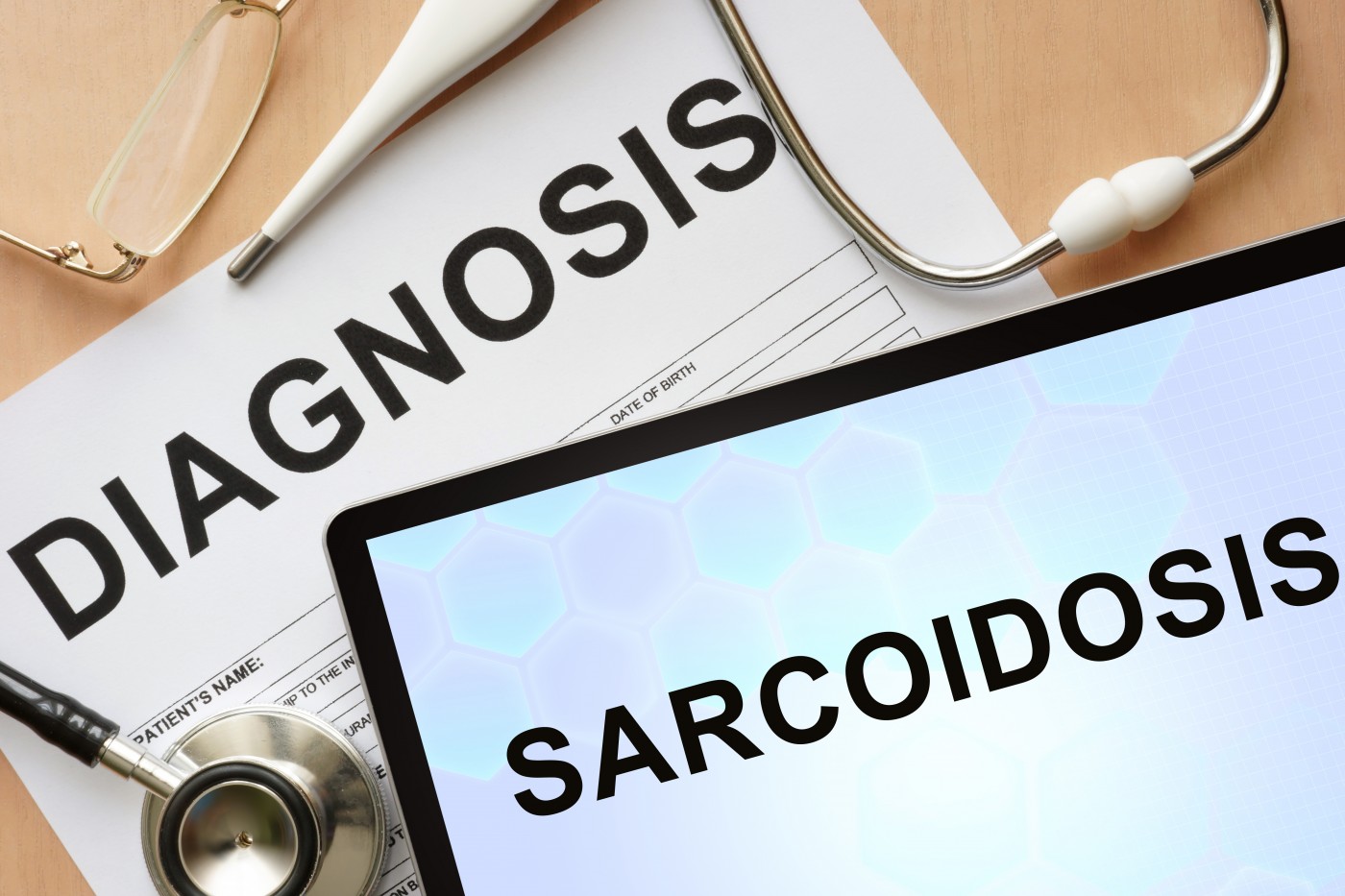Biopsy Was Necessary to Correctly Diagnose Woman with Cutaneous Sarcoidosis, Doctors Report

Sarcoidosis can present several distinct clinical manifestations, and some of these can mimic other diseases. Therefore, it is essential for clinicians to have as much complete and detailed information as possible to allow for an accurate diagnosis.
Skin manifestations can be the first symptom of sarcoidosis. But sarcoidosis and chronic cutaneous lupus erythematosus (CCLE) can present similar skin characteristics, making it difficult for physicians to distinguish between the two conditions. Sill, histology testing (the microscopic study of diseased tissue) can allow for a proper diagnosis.
The recently published case report, “Cutaneous sarcoidosis masquerading as chronic cutaneous lupus erythematosus – case report,” in the journal BMC Dermatology, highlights the importance of diagnostic tools to correctly identify sarcoidosis.
The report, conducted by Marjon Vatanchi and colleagues, discusses a 57-year-old woman with previously diagnosed sarcoidosis who visited a clinic due to hyperpigmented painful plaques on the skin. She described these skin lesions as being recurrent for the past 15 years.
Besides the prior sarcoidosis history, the authors identified the phenotype of the current skin lesions as very distinct and suggestive of classic CCLE.
The patient reported a familial history of lupus – unknown type – and sarcoidosis. Given this, physicians considered it necessary to do additional tests to confirm their diagnosis. Punch biopsies were made on a skin plaque and sent for histopathology and immunofluorescence analysis.
Even though the cutaneous morphology strongly suggested CCLE, the overall histological results didn’t support this diagnosis. The results identified pathological characteristics typical for sarcoidosis, ruling out other diagnoses.
The patient was given topical corticosteroids and oral hydroxychloroquine therapy. The applied treatment allowed a slow but significant improvement in the patient’s skin symptoms.
“In the end, strong clinical inclination was not enough and a biopsy was the necessary factor in determining a definitive diagnosis,” the authors wrote in their report, adding that “without a biopsy, one might be quick to diagnose this individual with known sarcoidosis with superimposed CCLE based on the clinical morphology.”
The patient represents a case of sarcoidosis with skin manifestations that closely resemble those of CCLE, highlighting the importance of a detailed history along with useful testing for a correct diagnosis.






